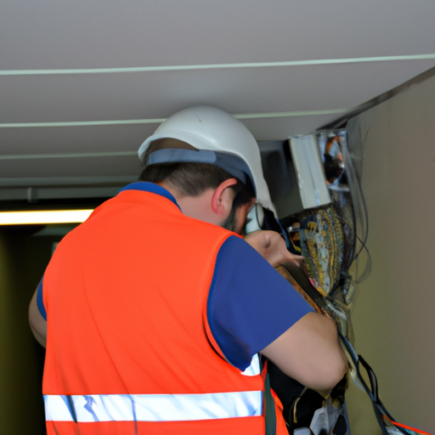poor sanitation practices, or equipment malfunctions. By identifying these issues during inspections, authorities can take immediate action to rectify the situation and prevent any potential harm.
Furthermore, inspections play a crucial role in preventing the spread of infectious diseases. Inspectors closely monitor hygiene practices and compliance with health regulations in industries such as food processing, healthcare facilities, and public spaces. By ensuring proper sanitation and adherence to safety protocols, inspections help in reducing the risk of disease outbreaks and protecting public health.
In addition to health risks, inspections also help in safeguarding the environment. Inspectors assess factors such as pollution, waste disposal practices, and adherence to environmental regulations. By identifying and addressing any non-compliance or unsafe practices, inspections contribute to the preservation and sustainability of ecosystems and natural resources.
Overall, regular inspections are essential in safeguarding against potential health and environmental risks. By identifying hazards, ensuring compliance, and taking corrective measures, inspections contribute to the protection of individuals, communities, and the environment.












